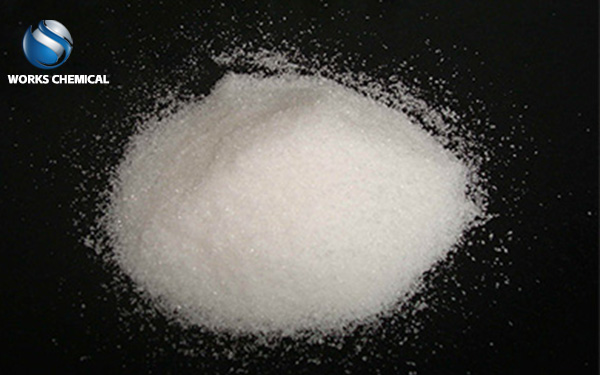
There are significant differences between sludge enhancers and conventional flocculants in many aspects, which are mainly reflected in their composition, mechanism of action, application scenarios and effects.

Composition difference:
Sludge enhancer: usually contains a variety of complex ingredients, such as inorganic compounds, sludge surface structure modifier, degreaser, wall breaking agent, sludge surface treatment agent, sludge stripping agent, etc. These components work together to change the surface structure and properties of the sludge to achieve a better dewatering effect.
Conventional flocculants: mainly divided into organic flocculants and inorganic flocculants two categories. Organic flocculants such as polyacrylamide, polydimethyl diallyl ammonium chloride, etc., mostly polymer; Inorganic flocculants include aluminum sulfate, polyaluminum chloride, polyferric sulfate and other metal salts. They promote the aggregation of particles to form floc mainly through adsorption, bridging and other mechanisms.
Difference in mechanism of action
Sludge synergist: mainly acts on the microscopic level of sludge, by changing the surface structure of the sludge, reducing the surface load and specific surface area, destroying the bacterial structure, etc., so that the sludge is more easily dehydrated. The effect is often more significant, and the moisture content of the sludge can be greatly reduced.
Conventional flocculants: mainly through the electric neutralization, adsorption bridge and other mechanisms to promote the aggregation and settlement of suspended particles in water. Although it can also improve the dewatering performance of the sludge to a certain extent, its effect is relatively limited, and it is difficult to achieve the deep dewatering effect of the sludge synergist.
Application scenario difference
Sludge enhancer: widely used in sludge dewatering treatment in various industries, including living, printing and dyeing, paper making, electroplating, chemical industry, leather and so on. It can significantly improve sludge dewatering efficiency and reduce treatment costs.
Conventional flocculant: it is more used in the field of water treatment and wastewater treatment, for removing impurities such as suspended matter and organic matter in water. Although it can also play a role in sludge treatment, the effect is relatively limited.
Effect difference
Sludge enhancer: can significantly reduce the moisture content of the sludge, usually can reduce the moisture content of the sludge from more than 90% to 40%-60%, to achieve the reduction of sludge treatment. At the same time, it can also improve the dewatering speed and efficiency of the sludge and reduce the treatment cost.
Conventional flocculant: although it can also improve the dewatering performance of sludge to a certain extent, its effect is relatively limited. In the treatment of high moisture content sludge, it is often necessary to combine other methods to achieve the ideal dehydration effect.
In summary, there are significant differences between sludge synergists and conventional flocculants in terms of composition, mechanism of action, application scenarios and effects. With its unique composition and remarkable dewatering effect, the sludge enhancer has a wide application prospect in the field of sludge treatment.